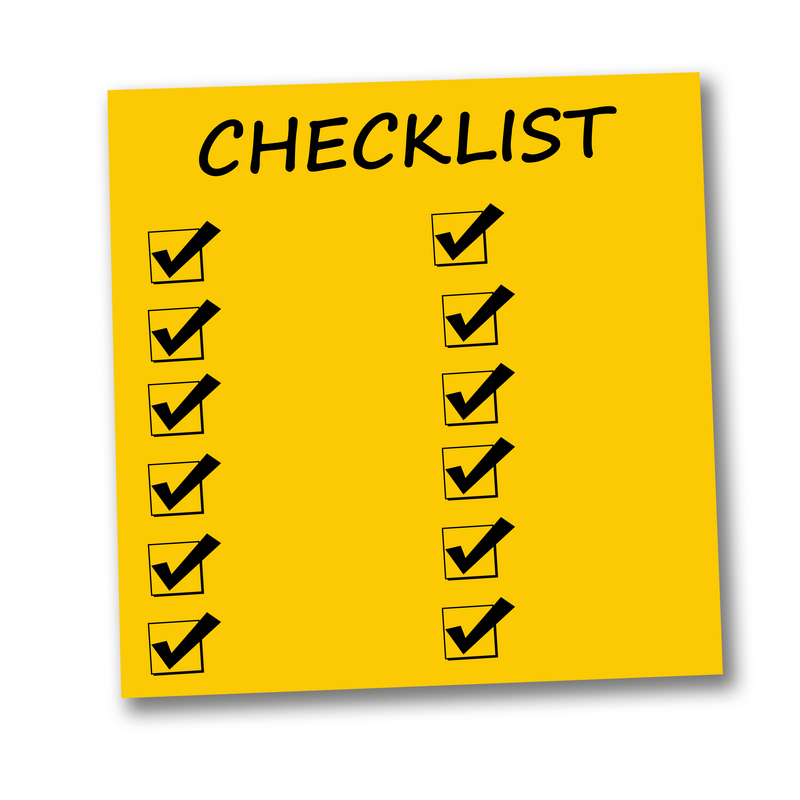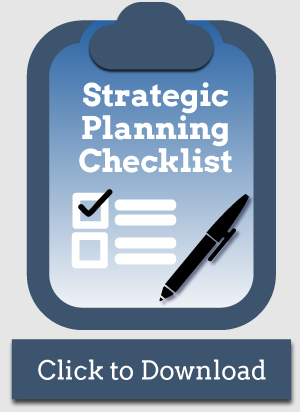- I have found that in many organizations it is not really clear who has responsibility for certain activities and exactly how much authority they have. This is a barrier to becoming a high performance organization. I use a methodology that can bring clarity in this area. It can best be explained by using an example of its use along with a document developed and it is attached. I suggest printing it and referring to it as you read the rest of this article.
- The leadership team of a manufacturing plant agreed that clarity was needed regarding roles, responsibilities and levels of authority. I facilitated a meeting of this group to bring clarity in these areas. The first thing we did was to identify the areas where clarity was needed. This was done during a brainstorming session and the roles were identified and can be seen in the first column. The actual list was much longer but I have shortened it for the purpose of just explaining the methodology. I will explain the process using the first role which is handing an employee that refuses to do a job. Facilitating the discussion the group agreed that the production supervisor (PS) had the primary responsibility for handling that situation. The next question was clarifying his level of authority. You can see that it was a 4 and what that means is identified below the table. The person that is ultimately responsible is identified in the next column and in this case is the plant manager (PM). The last column indicates who should be communicated with regarding the situation and in this case it was the HR Manage (HR).
- It is important to reach consensus on each decision made. A goal should be to downward delegate as much as possible. Decisions could be impacted by the experience and capability of the individual in the position. Changes could be made through time as for example when a person has more experience.
Are you sure that roles responsibilities and levels of authority are clear in your organization? How can you determine the answer to that?




Speak Your Mind